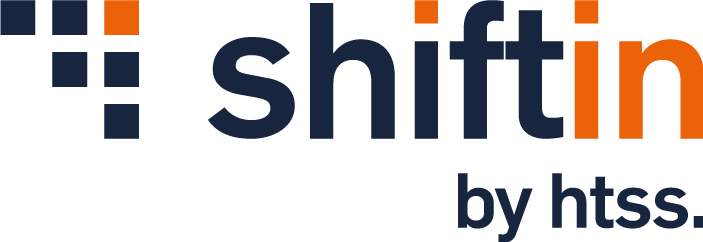The current labour market is putting major pressure on the business environment for optimal workforce structures to meet customers’ increasingly demanding needs.
There is a discrepancy between the number of professionals required by the market and the speed at which companies can attract them. Most of the time, companies try to do a lot of things at once, by allocating less time and minor investments. Caught up in this dynamic, companies often end up planning their existing workforce structures with the inertia of their habits or custom that no longer keeps pace with the dynamic of modern life.
Not infrequently, we have heard the phrase „we schedule the timesheet” lately because workforce scheduling has become a repetitive, dry, purely operational process. What happens is that the strategy is led by the current state and not by the real need.
Strategic workforce scheduling is really about analyzing historical data and making the best decision for now and for the future. It helps you to have visibility of what’s next and to conclude whether what you have now is enough or too much for tomorrow’s needs.
If you do your workforce scheduling without starting from an analysis of optimal capacity given by business needs, there are high chances that you will find that all staff costs will have a major negative impact on the profitability of the business you manage.
Strategic workforce scheduling
A simple definition of strategic scheduling would be: the right person is scheduled at the right time and does the right job.
Unlike operational scheduling, which is always short-term, inefficient, and requires spontaneous decisions, made in critical situations and at a high cost, strategic workforce scheduling provides companies with a long-term vision and a structured, cost-effective plan based on mathematical calculations.
Strategic workforce scheduling helps you match customer behavior and needs with staff capacity. With this, in relation to your company’s staffing structure, you will know:
• whether it has too many or too few staff, relative to the need given by the business prediction;
• whether the workforce’s skills structure is in line with what customers require;
• whether staffing levels are optimal, both to support the business need and to create a work-life balance framework for the staff;
• whether flextime scheduling could be a way to optimize the distribution of paid hours and increase workforce engagement and satisfaction.
To start a strategic approach to workforce scheduling for your company, you will need to consider the following actions:
• Bring the impacted and affected stakeholders around the topic: HR, operational managers, planners, payroll, etc;
• Define a scheduling strategy tailored to your business;
• Find out what the current workforce scheduling process is;
• Analyze the structure of your company’s human resources capital;
• Analyze customer behavior and identify business objectives relevant to workforce scheduling;
• Access an workforce scheduling software tool to help you digitize, automate and audit your scheduling processes for maximum efficiency;
• Have a change management process in mind once you have decided on a new approach to the scheduling process.
If you are aiming for continuity and growth in your business, keep in mind that performance is a consequence of good planning and not an accidental event.
Without addressing strategic planning:
• You will have challenges in achieving company goals;
• You will face unpleasant situations of turnover, absenteeism, or burnout;
• Costs from overtime will increase;
• Productivity and satisfaction levels of the workforce working under pressure will decrease;
• You will suffer from poor customer service or wastage of goods or merchandise.
How can we help you?
We can help you:
• A team with business and HR expertise to accompany you through the stages of defining your human capital scheduling framework and strategy, as well as change management.
• software tool – shiftin – built around the same needs you are aware of, to help you digitize and automate your workforce scheduling process to support your business performance.
About the author:

Alina Raicu-Vitan
Product Owner shiftin
Expertise in Human Resource and Operations Excellence, Change Management and Scheduling Strategy





